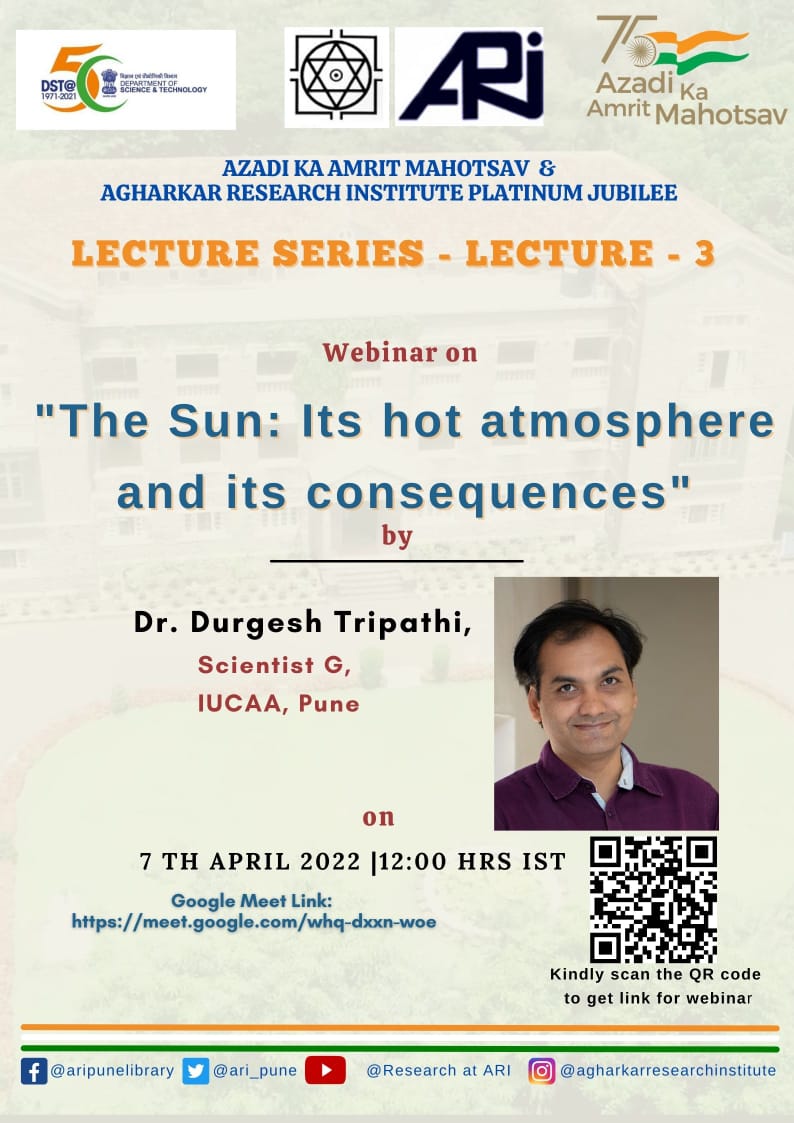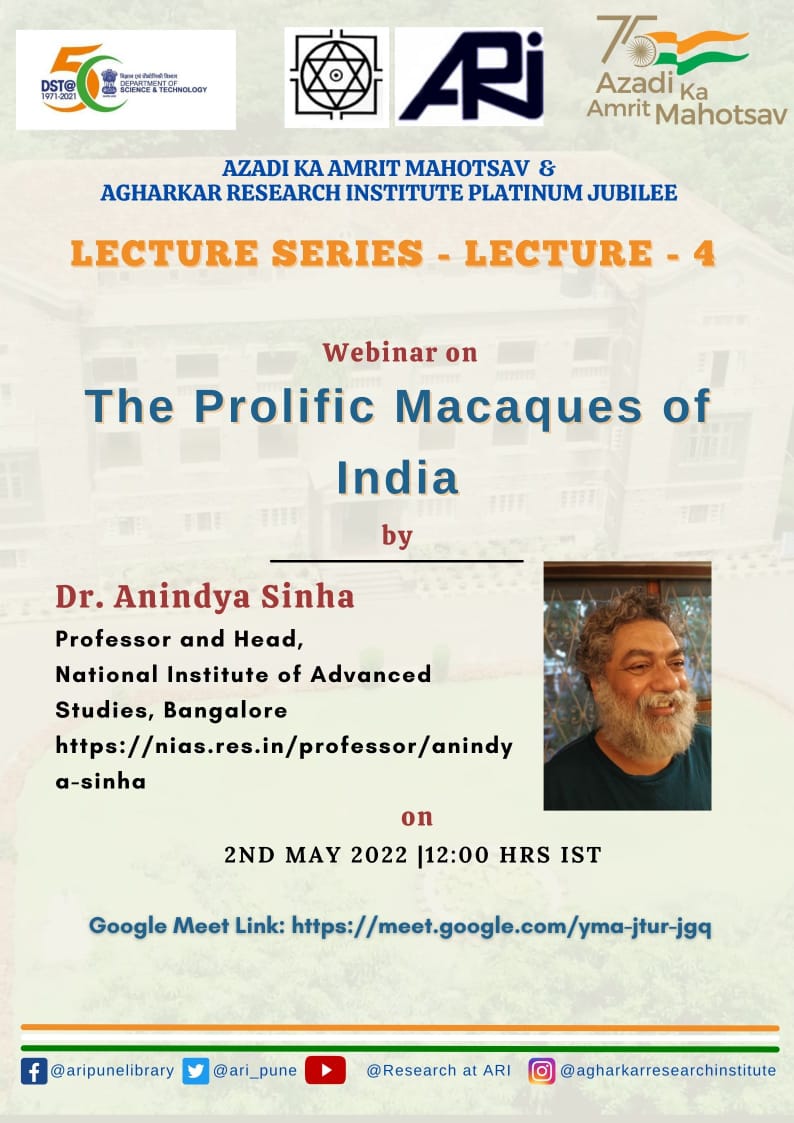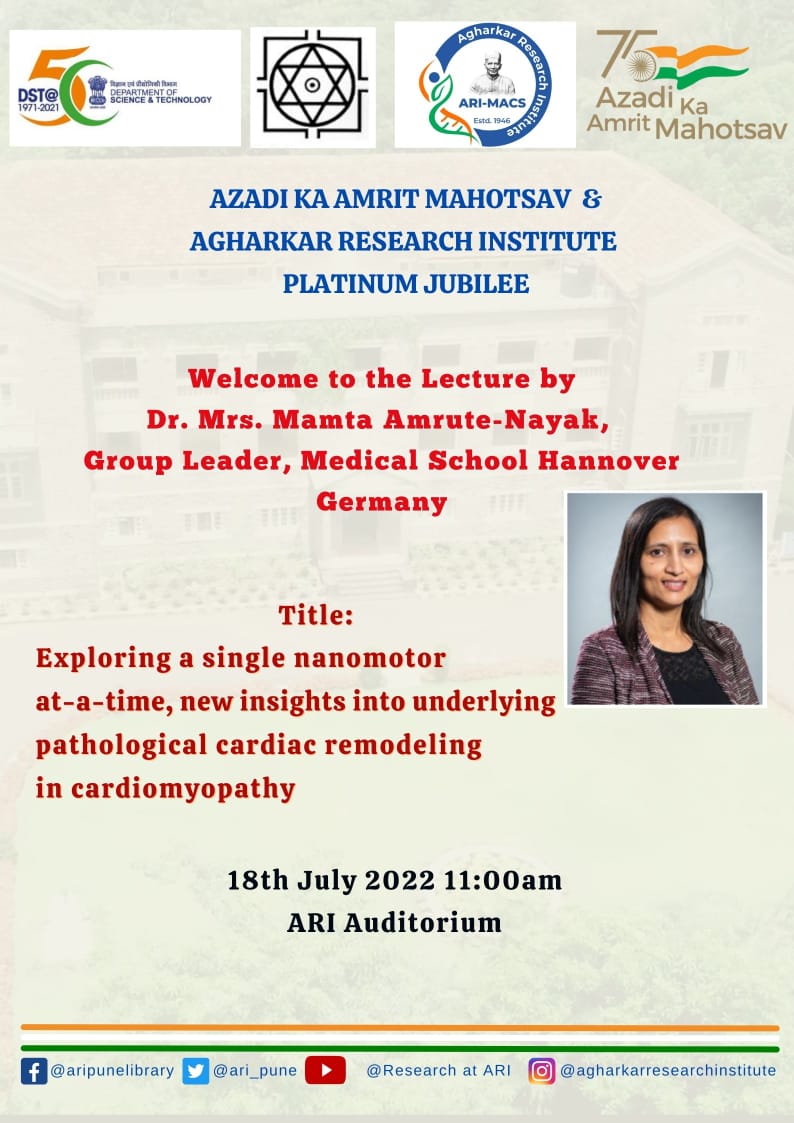
Designation : Senior Research Fellow (UGC)
Brief Background :
I have completed my M.Sc. (Biochemistry) year 2009 from Kavayitri Bahinabai Chaudhari North Maharashtra University (NMU), Jalgaon. Then, I joined a pharmaceutical company named S.A. Pharma located in Silvassa. There I was working as microbiologist for 2 years. In the year 2013, I qualified State Eligibility Test (SET) conducted by Pune University. During the same year, I joined NMU, Jalgaon as assistant professor (3 years) in the School of Life Sciences. In 2016, I have joined Agharkar Research Institute Pune in Nanobioscience group for pursuing Ph.D. under the guidance of Dr. Jyutika Rajwade.
Contact Details :
- M.Sc. (Biochemistry)
- SET (University of Pune)
- NET JRF (UGC Delhi)
- ASRB-NET (Delhi)
I am working on peptide therapeutics for Alzheimer’s disease (AD). AD is a neurodegenerative disease in which the β-amyloid peptide (Aβ42) aggregates in the brain to form amyloid plaques, which leads to the death of nerve cells. Currently, no therapeutic molecules are available in the market to treat AD patients. The approaches to disrupt Aβ42 fibrillar aggregates are small molecules, nanoparticles, metal chelators, peptides, and chaperones, etc.
Our work comprises the design of peptide-based inhibitors especially cyclic peptides (CPs). We choose CPs because they are proteolytically stable, precise, and tight binding with Aβ42 aggregates and they can cross the Blood-Brain Barrier (BBB). The inhibitor peptide sequences design from the amyloid core-forming segment 16KLVFF21as a template of Aβ42. The synthesis of peptide inhibitors using peptide chemistry, and its characterization against Aβ42 for fibrils disruption. The techniques we are using for peptide synthesis are solid-phase peptide synthesis. We purify peptides using high-performance liquid chromatography. Aβ42 fibrils inhibition is studying by a dye-binding Thioflavin-T assay, Congo red, and ANS assay. Peptide conformational study by Circular Dichroism Spectroscopy, fibrils morphology by Transmission Electron Microscopy, and rescuing of Aβ42 induced cell cytotoxicity of cyclic peptides are studying by MTT assay.
Nil










